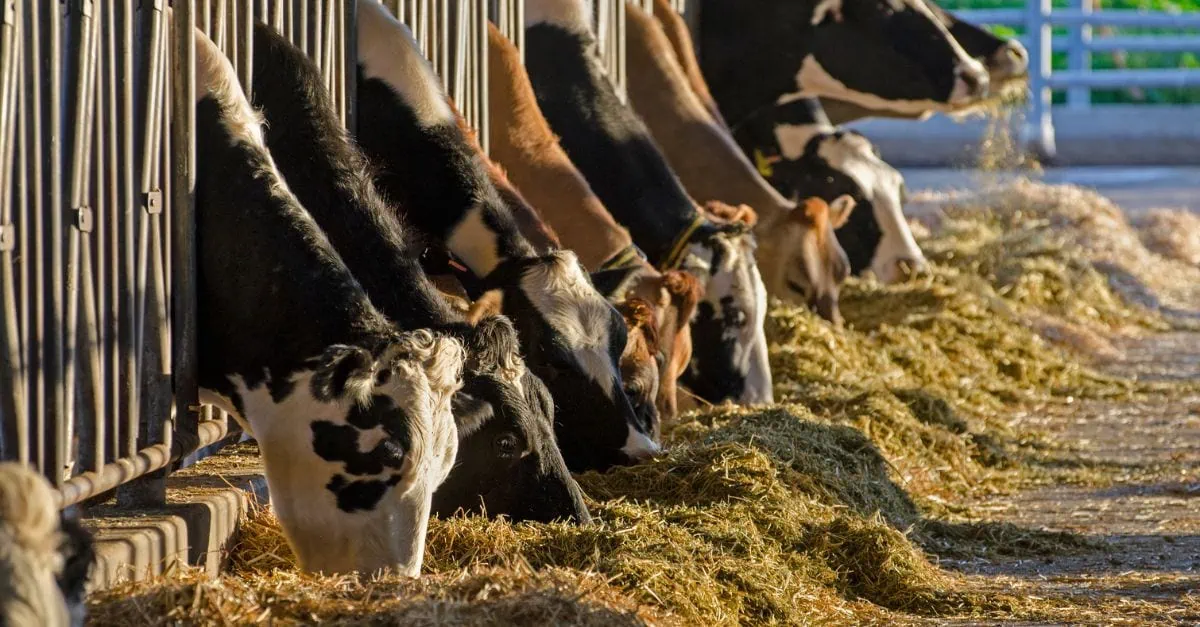Cattle feeders are in an incredibly enviable position with estimated average net returns of more than $600 per head during August, but this might represent a cycle top for cattle feeding margins.
Record corn yields anchor feed costs
USDA’s first survey-based yield assessment of 2025 revealed an average corn yield of 188.8 bushels per acre, blowing away the previous record of 179.3 bushels per acre from last year.
With USDA also finding more corn acreage in its latest survey, total corn production this year should be at least 16.6 billion bushels and a new-crop carryout of around 2.0 billion bushels or better. That will help keep prices anchored to either side of the $4 mark.
Fed steer market tests new highs
It’s not just really cheap corn lifting cattle feeders’ spirits but also a fed steer market that’s testing new highs. However, certain risks are lurking in the shadows and intensifying, with the most immediate threat being surging prices for replacement stock.
Feeder cattle prices surge to record levels
There haven’t been many setbacks in the replacement feeder cattle market since early spring, and feeder steers weighing 800-850 pounds established a new all-time high of $344 per cwt at this week’s auction in Oklahoma City, surging just over $10 from last week’s average.
Even with the near-steady run-up in replacement feeder cattle prices over the past several months, feedyards have been extracting more from packers on the back end to produce estimated average net returns of more than $600 per head.
Not only are feedyards loading up on increasingly expensive replacement stock, but this is exacerbated by a lack of access to Mexican cattle because of the recent border closure to contain the spread of New World Screwworm.
Demand risks building
Less visible risks are building at the back end of the value chain in the form of overheated beef demand. An overdue mean-reversion on that front would initially weigh on the wholesale beef complex but would soon have negative ripple effects on finished cattle markets, eventually working their way further upstream.
Supply side remains tight
July placements of cattle on feed are projected at 1.573 million, which would represent a 7.6% decline from last year. This would represent a deficit of 64 thousand head to model-implied estimates of replacement feeder cattle availability during the month, with the lack of imported Mexican cattle weighing heavily on that figure but countered slightly by the positive effects of strong feedyard margins on sourcing efforts.
There’s been something of a marketing bottleneck with packers aggressively restraining kills to win back some degree of leverage from feedyards and protect margins, and those cattle will have to show up eventually.
Market correction expected
Assuming more marketing occurs this fall and demand erosion starts kicking in and as cattle feeding margins narrow, negative pressures should materialize in the feeder cattle market. The trading community isn’t fully pricing in the anticipated correction.
This article is part of our weekly market analysis. For the full analyses, go to: https://app.vespertool.com/market-analysis
